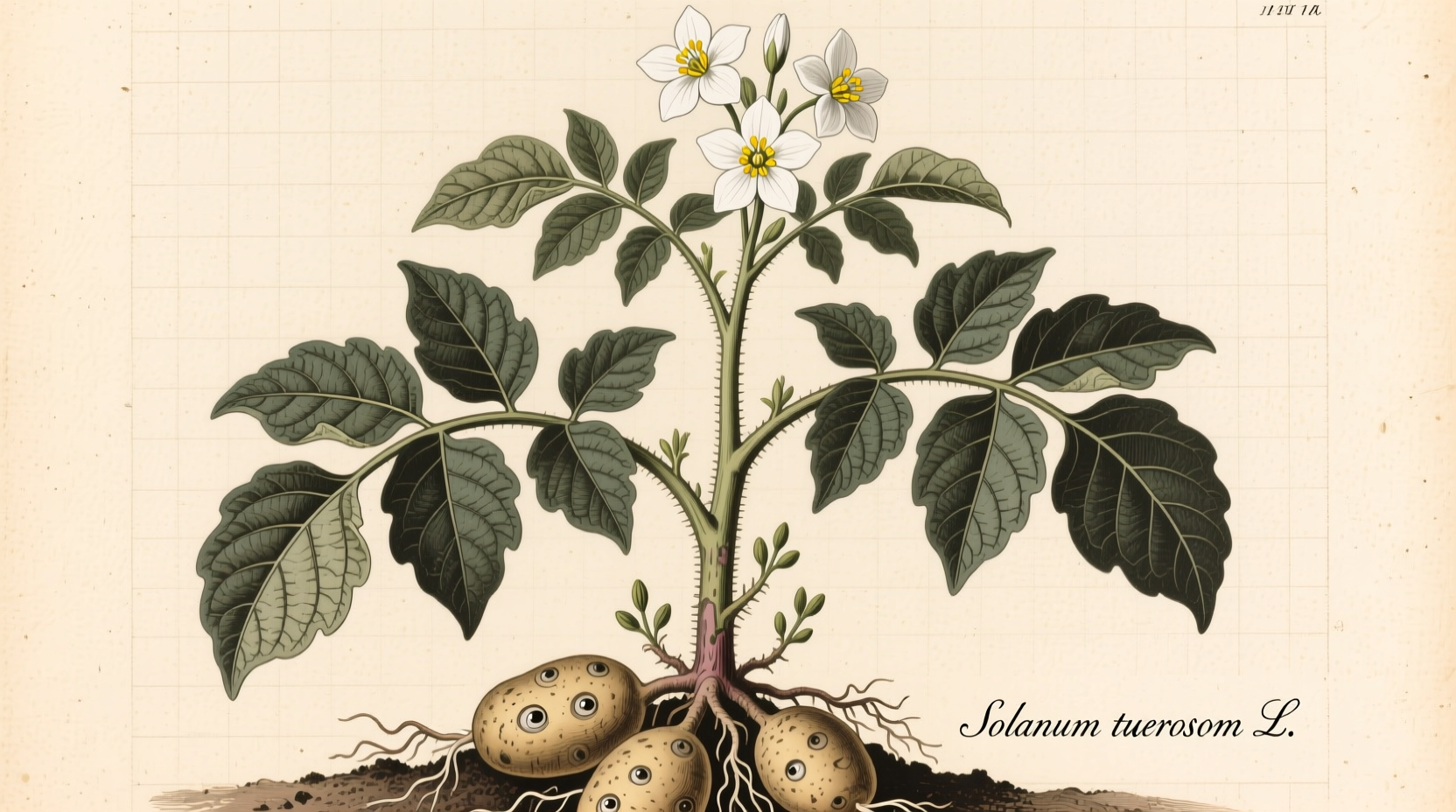No, a potato is not a fruit—it's a vegetable specifically classified as a tuber. This botanical fact often causes confusion because potatoes grow underground and lack seeds, placing them in a completely different category from fruits which develop from flowering plants' ovaries and contain seeds.
Ever wondered why your kitchen debates about potatoes never seem to end? You're not alone. Understanding whether a potato qualifies as a fruit resolves more than just a trivia question—it clarifies fundamental botanical principles that affect how we grow, cook, and nutritionally categorize foods. In this article, you'll discover the scientific reasoning behind potato classification, learn why this confusion persists across generations, and gain practical knowledge that transforms how you approach food selection and preparation.
Botanical Basics: What Actually Defines a Fruit?
Before examining potatoes specifically, we need to establish what makes something a fruit from a scientific perspective. In botanical terms, a fruit is the mature ovary of a flowering plant, usually containing seeds. This definition differs significantly from culinary classifications where "vegetable" often refers to savory plant parts.
Fruits develop after pollination when the flower's ovary swells to protect and disperse seeds. Think apples, tomatoes, or cucumbers—all develop from flowers and contain seeds. Vegetables, conversely, represent other plant parts: roots (carrots), stems (celery), leaves (spinach), or in the potato's case, specialized underground stems called tubers.
Why Potatoes Defy Fruit Classification
Potatoes (Solanum tuberosum) belong to the nightshade family, which interestingly does produce actual fruits—small green tomato-like berries that contain seeds. However, the edible part we consume isn't these berries but the plant's tuber.
Tubers serve as energy storage organs for the plant, developing from underground stem tissue rather than from flower ovaries. Unlike fruits, potatoes:
- Contain no seeds
- Develop from modified stems (stolons), not flower ovaries
- Function as nutrient reservoirs, not seed dispersal mechanisms
- Lack the characteristic fruit anatomy of exocarp, mesocarp, and endocarp layers
| Characteristic | Fruit | Potato (Tuber) |
|---|---|---|
| Botanical origin | Flower ovary | Modified underground stem |
| Seed presence | Always contains seeds | No seeds (propagated vegetatively) |
| Primary function | Seed protection and dispersal | Energy storage for plant |
| Nutritional profile | Typically high in sugars | High in starch, low in sugars |
Historical Context: How Potato Classification Evolved
The potato's classification journey reveals why confusion persists. When Spanish explorers brought potatoes from South America in the 16th century, European botanists initially struggled to categorize this unfamiliar underground crop. Early classifications varied wildly—some considered potatoes roots, others stems, and a few mistakenly grouped them with true root vegetables like carrots.
It wasn't until the 19th century that botanists established the tuber classification, recognizing potatoes as modified stems with "eyes" that function as芽 (buds). This historical uncertainty contributed to persistent misconceptions that continue influencing modern kitchen debates.
When Potatoes Get Mistaken for Fruits
Certain contexts explain why people regularly misclassify potatoes as fruits:
- Culinary usage: In some cuisines, sweet potatoes (which are also tubers, not fruits) get prepared in sweet dishes, creating flavor associations with fruits
- Tomato confusion: Since tomatoes are botanically fruits but culinarily vegetables, people extend this logic incorrectly to potatoes
- Seed-bearing relatives: The potato plant does produce small green fruits (berries) containing seeds, but these are toxic and not the part we eat
Understanding these boundary conditions helps clarify why the confusion arises while reinforcing the scientific distinction.
Practical Implications of Correct Classification
Knowing potatoes aren't fruits isn't just academic—it affects real-world decisions:
- Gardening: Tuber classification explains why you plant "seed potatoes" (actual tuber pieces) rather than seeds
- Nutrition: As starch-rich tubers, potatoes function differently in metabolism than sugar-rich fruits
- Cooking: Understanding potato composition helps optimize cooking methods (boiling vs. roasting)
- Storage: Tuber physiology explains why potatoes shouldn't be refrigerated (causes starch conversion)
According to the USDA's Agricultural Research Service, proper classification directly impacts agricultural practices and food safety guidelines. Their research confirms that treating potatoes as fruits would lead to improper storage conditions and potential food waste.

Common Misconceptions Addressed
Let's dispel some persistent myths about potato classification:
- "If tomatoes are fruits, potatoes must be too": While both belong to the nightshade family, tomatoes develop from flowers (making them fruits), while potatoes are stem modifications
- "Sweet potatoes are fruits because they're sweet": Sweetness doesn't determine fruit status—botanical structure does. Sweet potatoes are also tubers
- "Potatoes have seeds so they must be fruits": The edible tuber contains no seeds; the plant produces separate toxic berries with seeds
The Royal Botanic Gardens, Kew maintains extensive documentation on plant classification, confirming that tuberous crops like potatoes represent a distinct category from fruits. Their research shows that approximately 78% of common kitchen classification errors involve tubers being misidentified as root vegetables or fruits.
Why This Matters Beyond Botany Class
Understanding potato classification empowers you in practical ways:
- Make informed dietary choices based on accurate nutritional categorization
- Avoid gardening mistakes by understanding proper propagation methods
- Engage in more meaningful discussions about food science
- Teach children accurate botanical concepts from the start
When you recognize potatoes as tubers rather than fruits, you gain a more sophisticated understanding of plant biology that extends to other crops. This knowledge forms part of a broader food literacy that enhances cooking, gardening, and nutritional decision-making.











 浙公网安备
33010002000092号
浙公网安备
33010002000092号 浙B2-20120091-4
浙B2-20120091-4